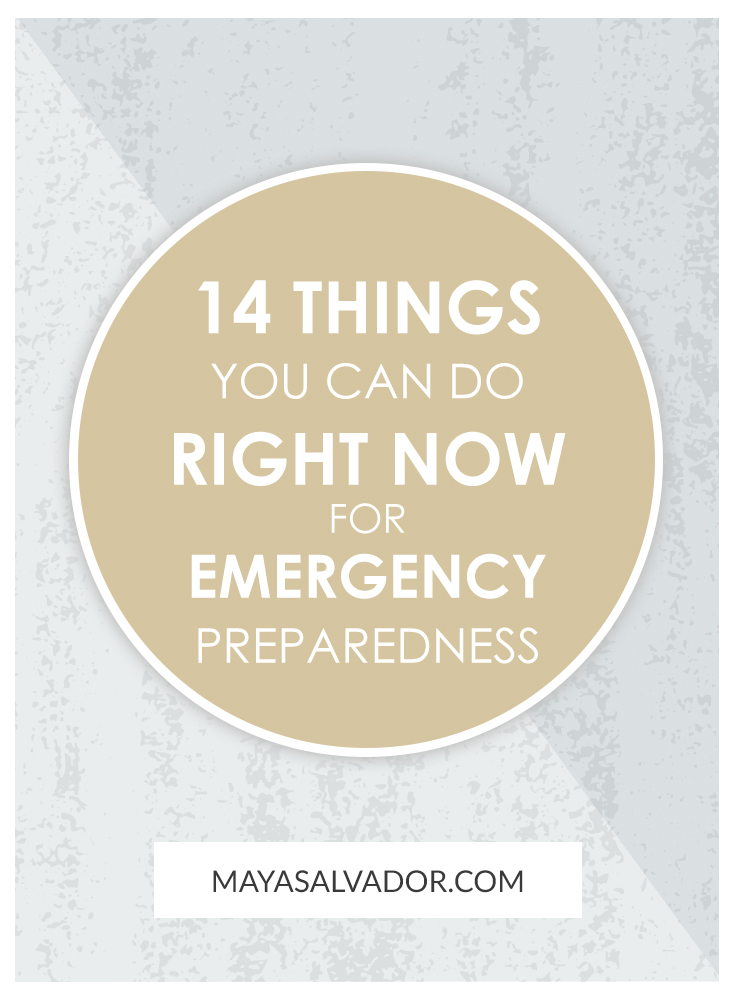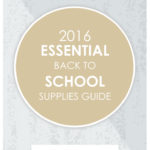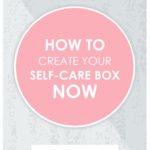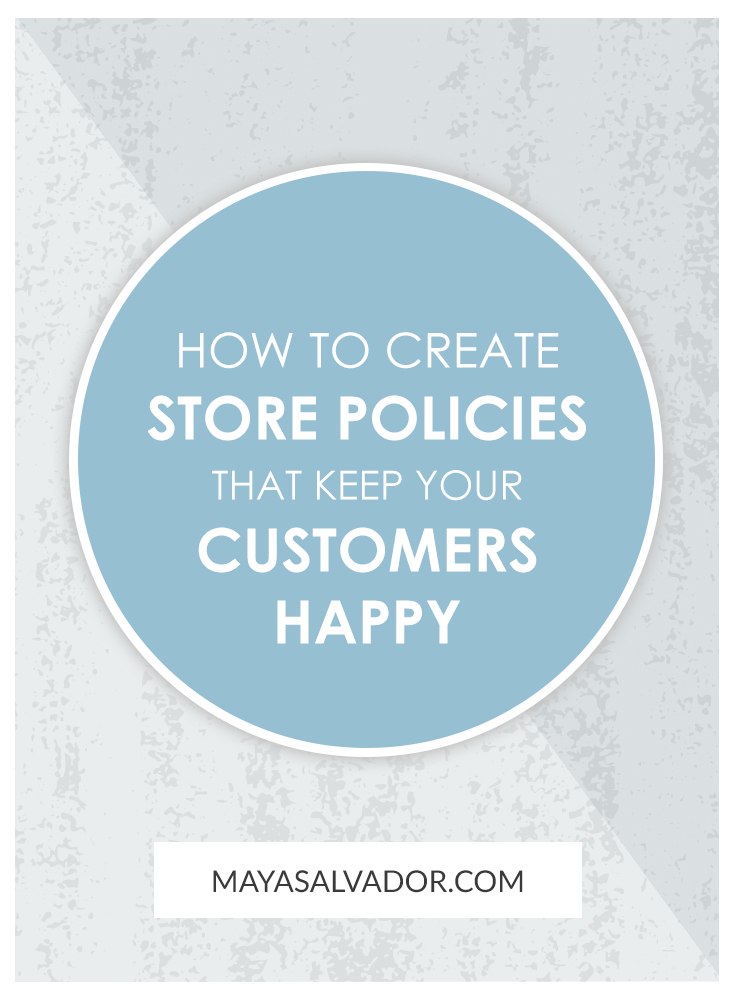
Maybe you have already started your emergency food and water storage plan. Or maybe you’re low on funds and hit a standstill. If you are in the latter group, there’s no need to stop prepping!
No matter what stage you are at with your family’s emergency preparedness plan, there are things you can do right now with little to no money.
1. Gather and copy your important documents
In an emergency, you don’t want to scramble looking for identification and important documents. You should have these items readily available in case you have to leave your home.
Gather these items and store together in a safe place for easy retrieval. I recommend a fireproof safety box within your home. Make copies of your family’s I.D. (front and back) and important documents.
Store these in a separate location away from your home. You could give these copies to a trusted family member.
Safety deposit boxes aren’t the best places for storage as you need them to be accessible.
You could also keep another set of copies in your family emergency binder. I will discuss this in a future post on how to put one together.
2. Get fit, stay fit
There are many reasons to stay in shape, but preparedness is a top one. In an emergency, you may need the stamina to do manual labour and walk great distances.
Begin working on your physical fitness. Quit smoking. Take daily multivitamins.
Improving your health before an emergency strikes will also increase your chances of preventing illness. This becomes more important during a time when you may not have access to medical assistance.
3. Make an emergency plan
Creating an emergency plan for your family saves time and saves lives. Make sure all your family members know what to do in an emergency situation.
Some ideas are:
- Your plan should include what to do in a variety of emergencies. Devise a strategy of where to meet if your home is inaccessible or family members are scattered. This can include a central meeting point.
- Your plan should list important contact people and numbers.
- You could even create a safe word that only family members know. Safe words also help young children know who it is safe to go with if a family member is unavailable.
- Plan escape routes and hold practice drills. Repetition improves retention and confidence.
- Keep backpacks or ready-to-go bags with basic supplies.
- Share plans and emergency contacts with every family member including young children.
- Keep recent photos of all family members.
- If you’re not sure where to begin, Emergency Management Ontario has an online tool to draft your action plan. Click here to get started.
4. Start reading and collecting books related to survival skills
Hard copies are better in the event you do not have internet or electricity to access digital files.
If you can purchase some books and build a reference library, that’s great. In the meantime, go to the library, download free e-books, or see if anyone you know has any.
Look for topics such as camping, wilderness, pioneering/homesteading, survival, first aid, local plant uses and identification.
General topic books can be an asset. But also look for specific skill manuals that will teach you step-by-step instructions. Examples such as how to shelter in place or how to purify water.
Other ideas for where you can find inexpensive books and manuals:
- trading/selling websites
- yard sales
- flea markets
- army surplus stores
- thrift shops
- used book stores
5. Talk to people
Connect with other people interested in emergency preparedness so you can share knowledge and skills.
Doing this will also help you stay on track and committed to your own preparedness.
Learn from people with relevant skills. Some good examples are tradespeople, farmers and experienced campers and gardeners.
Don’t forget to talk to your grandparents. They may have experience of living through tough times. My grandmother shared many stories of how they lived through the Great Depression. You may know people who have survived wars and conflict in their home countries.
Consider joining online survival and prepping groups through social media sites and online forums.
6. Learn a new skill
If you can do it, take a class. However, classes can be expensive and in remote locations, which may not be practical.
Save your money for classes such as First Aid/CPR and self-defense.
Use books, websites, and YouTube videos or learn from knowledgeable people you may know to build your skill-set.
Try not to overwhelm yourself. You won’t become Survivorman overnight.
Start with the basics such as growing a garden and harvesting seeds. You can do this even if you live in a small apartment. Learn five ways to start a fire. Or teach yourself how to can and preserve food.
Give yourself a challenge such as learning one new skill every month.
7. Take inventory
Make an inventory of the emergency supplies you already have on hand. You may already have items like first aid supplies, camping gear or flashlights. You might be surprised by what you find.
Once you know what you DO have (making a note of expiration dates), you will know what you need to get. Purchase what you need by priority.
Not sure what items you need? There are a lot of websites available on this topic so I won’t go into detail. But how you need to prepare depends on where you live and how many people you need to prepare for.
A good place to start for beginners is: www.getprepared.gc.ca (Canada) and www.ready.gov (USA).
And don’t forget to prepare for your pets. You can find more information on the Ontario Humane Society website.
8. Make a budget
The economy is rough and unpredictable. Creating and sticking to a family budget makes sense in many ways.
You learn to live within your means. Budgeting creates an understanding of the minimum monthly amount your family needs to live on.
Make a plan to erase debt and save for emergencies.
Not all emergencies are environmental disasters. A financial crisis is a possible scenario and you should try to prepare for this before it happens.
A budget helps you to understand wants vs. needs and cut out unnecessary costs. If you build a plan for savings into your budget, you’re on your way to financial peace of mind.
Most financial advisors recommend a minimum savings of 3-6 months of your family’s expenses. Overestimating your numbers is better than underestimating, so provide a cushion.
Also, build into your budget an amount for emergency preparedness items. Accumulating supplies over time makes preparedness more manageable.
Two online budget services I recommend are You Need A Budget (free trial) and Mint (free).
9. Collect food-grade plastic containers
Local restaurants and bakeries have large food-grade buckets that they may be willing to give to you for free or for a small price. It doesn’t hurt to ask. Just make sure that they are food-grade plastic and had food stored in them.
Food-grade buckets are great for storing large amounts of food for emergency preparedness. They are also practical for saving you money for storing cost-effective bulk items. They help to keep food fresh longer and keep pests out.
Other containers that are good to save and re-use are mason jars, pasta sauce jars, and coffee cans.
You can also collect food-grade beverage bottles and containers for storing water. Clean thoroughly and disinfect before using.
10. Read your local emergency management plan
Every city, municipality, province, state, has an emergency management plan.
Visit your local government’s website to download the emergency management plan for your area. This may include evacuation plans and designated emergency shelters.
There will be information available that is specific to your area. For example, those who live within a certain radius of a nuclear power plant.
In this scenario, your emergency plan will include sheltering in place. You may also need a supply of K1 (potassium iodide) pills.
You can also monitor any illness outbreaks through your city’s health department.
11. Start a garden, start a seed bank
For little or no cost, you can start a garden. Even if you live in an apartment, an urban area or have limited space, you can start a garden.
If you live in an apartment you can plant in containers indoors or if you have a balcony.
Ask friends and family for seeds or cuttings they may have collected from their own gardens. You can even collect, dry out, and use seeds from produce from the grocery store.
A home garden can reduce food costs and help you eat healthier. You will gain important knowledge and experience in growing your own food.
With gardening, you can learn about natural pest control and how to plant according to the season.
Knowing how to prepare, save and can your harvest are essential skills as well.
If you are new to gardening you can start with easier options such as herbs and salad vegetables. Tomatoes, cucumbers, green beans, kale and root vegetables such as carrots are good choices.
12. Start food rotation
Instead of stashing away items for emergencies only, start a rotating pantry.
The problem with an emergency stash is that the food may become expired by the time you need to use it. It also might contain food you and your family wouldn’t normally eat (e.g. MREs).
With a rotating pantry, you are using foods that your family uses. And you are consuming the oldest goods first. Keep restocking on a continual basis. Bulk up your pantry by adding items from sales or food that you have canned.
How do you start a pantry?
Make a list of foods your family uses on a regular basis. Start with the staples.
Every time you shop for groceries buy extra from your list.
Find a space for your pantry. I converted a hall closet into a pantry in my home. You may have to get creative with using the space you have.
Try to group goods by similarity. Put non-canned goods in airtight containers. You don’t want to find that pests have raided your stash. Containers will also lengthen the shelf-life of your goods.
Get creative with organization. Place canned goods on shelf steps or a Lazy Susan to make them easier to see and access. By rotating your stock, you will have less waste as you use up your older items first.
13. Collect manual tools
Start collecting tools that you can use during a power outage. Ask around to family and friends. Many people would be glad to get rid of outdated items that may be collecting dust.
Look for things that don’t need electricity to run. Even better if they don’t require batteries. Solar powered and hand crank tools are optimal.
Some examples are a manual can opener or rotary beater. Also look in online listings in the free section, as well as yard sales and auctions.
14. De-clutter
Getting rid of unwanted and abandoned items is important for several reasons. Keeping an uncluttered home helps you find things that you need in the event of an emergency.
Clearing out areas of your home leaves room to store essential items.
De-cluttering will give you a realistic picture of what you already have and what you need. You may find out that an item you thought you had is not there when you go to retrieve it. Conversely, you may have duplicate items.
Before throwing out unwanted items, try to donate and/or sell or trade for items you do need.
How to start:
- Get rid of items you haven’t used within 6 months to one year. Emergency supply items are not included.
- Tackle one room or area at a time so you don’t get overwhelmed.
- Sort items into four categories: Keep, Sell/Trade, Trash, Donate.
- To prevent clutter in the future, be conscious of what you purchase or acquire. Just because it’s free, doesn’t mean you need it. Don’t give up valuable real estate within your home to things collecting dust. Understand wants vs. needs. When in doubt, sleep on it. Avoid impulse purchases – you may decide you don’t need it after all.
Getting your emergency plan in motion today
Today we are so dependent on conveniences. Even a power outage can send some people reeling.
Being organized and ready takes some of the fear out of emergency situations.
One of the first things you should do is have at least a 72-hr kit for every member of your family. This kit shows you the types of items you should have. A backpack kit is also handy to keep in your car as well.
As you can see, there are many things you can start doing to prepare your family. It doesn’t need to be overwhelming. You can begin today!
Does your family have an emergency preparedness plan? What other low to no cost tips do you have to share with others who are starting out? Let us know in the comments below!







